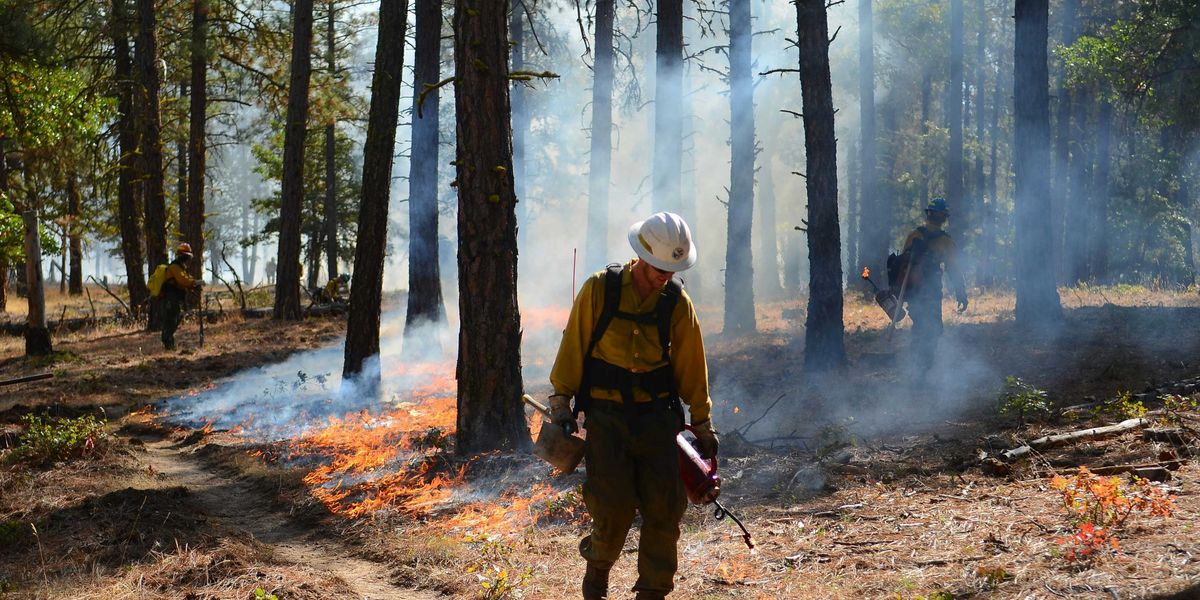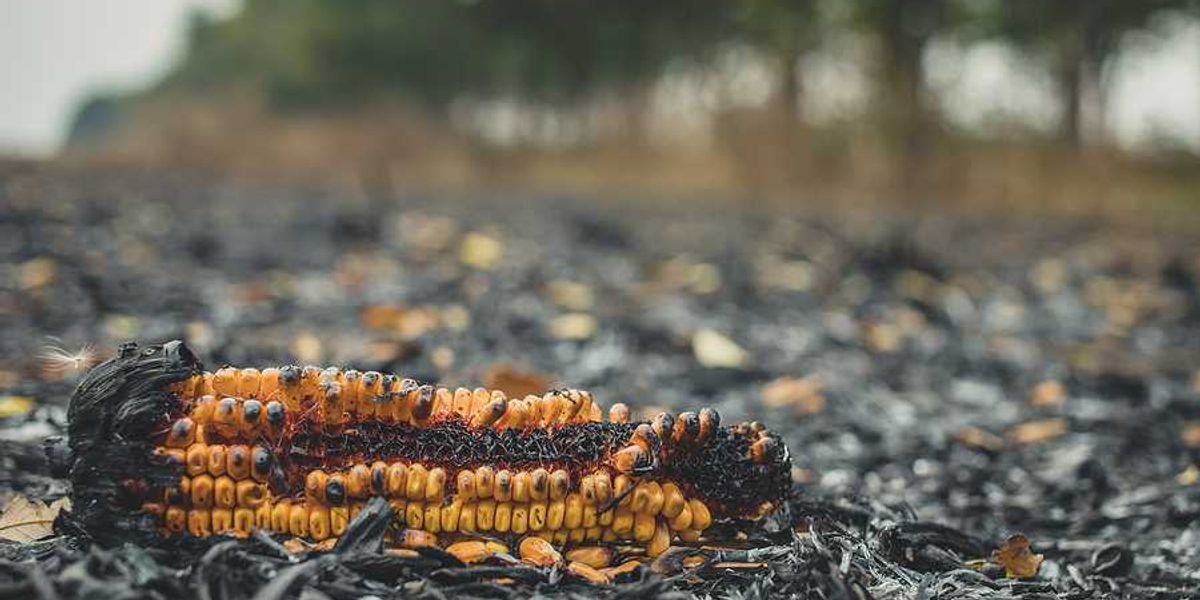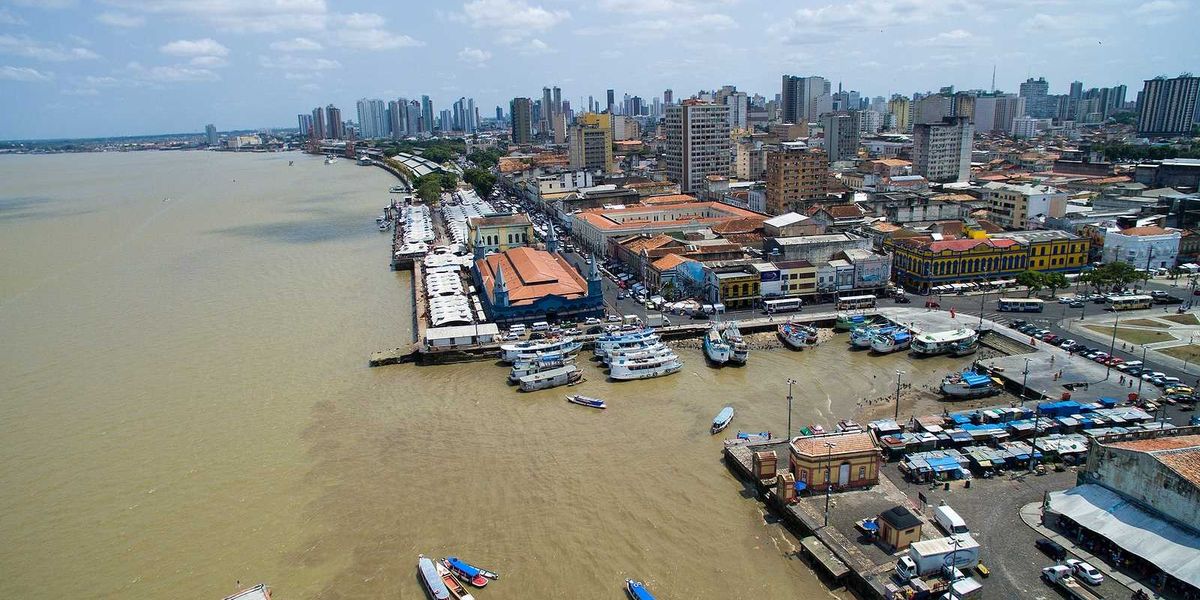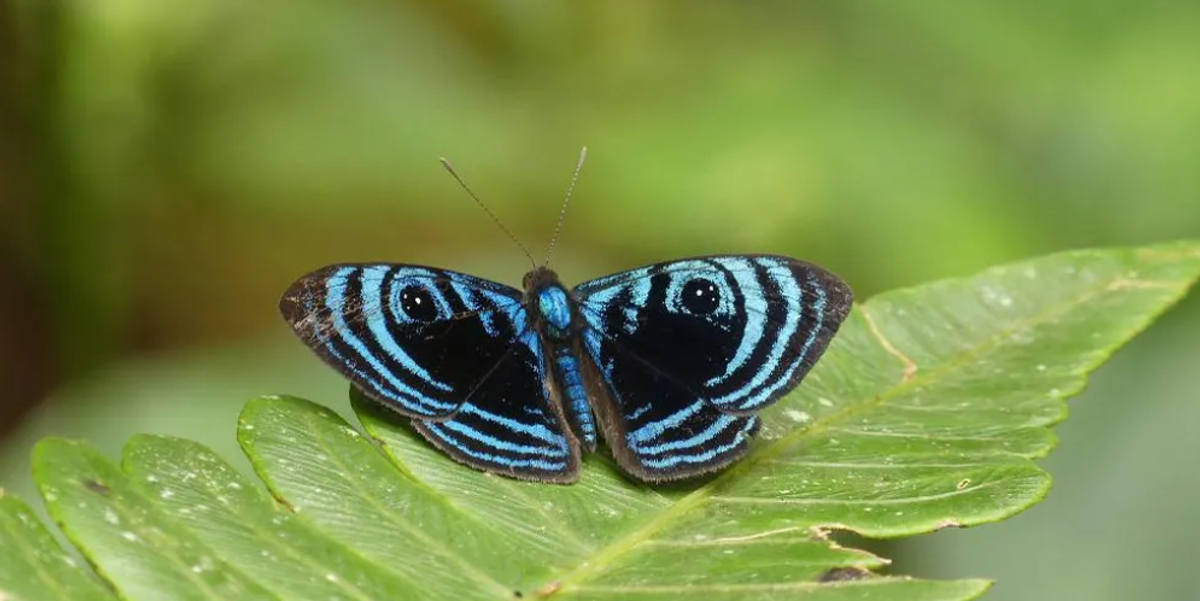
Our top 5 good news stories of 2021
It's not all doom and gloom.
As we reflect on the past year, let's remember the good — the people, communities, ideas, and science that are creating a more healthy and sustainable planet.
The environment can be a depressing beat. But here are the top five good news stories from our newsroom over the past year that remind us there is hope.
1. The pesticide ban movement gains momentum
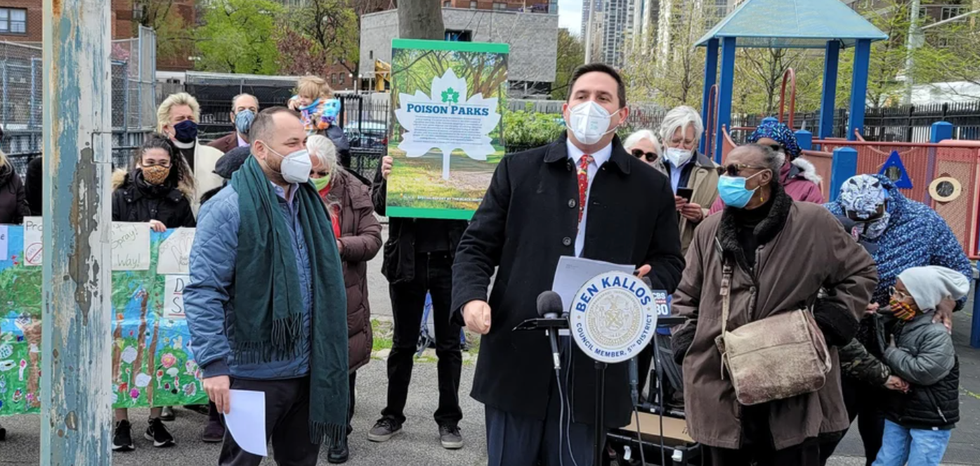
Cities and counties are increasingly banning toxic pesticides—and some are taking aim at fertilizers.
2. A Listen Into Landscape
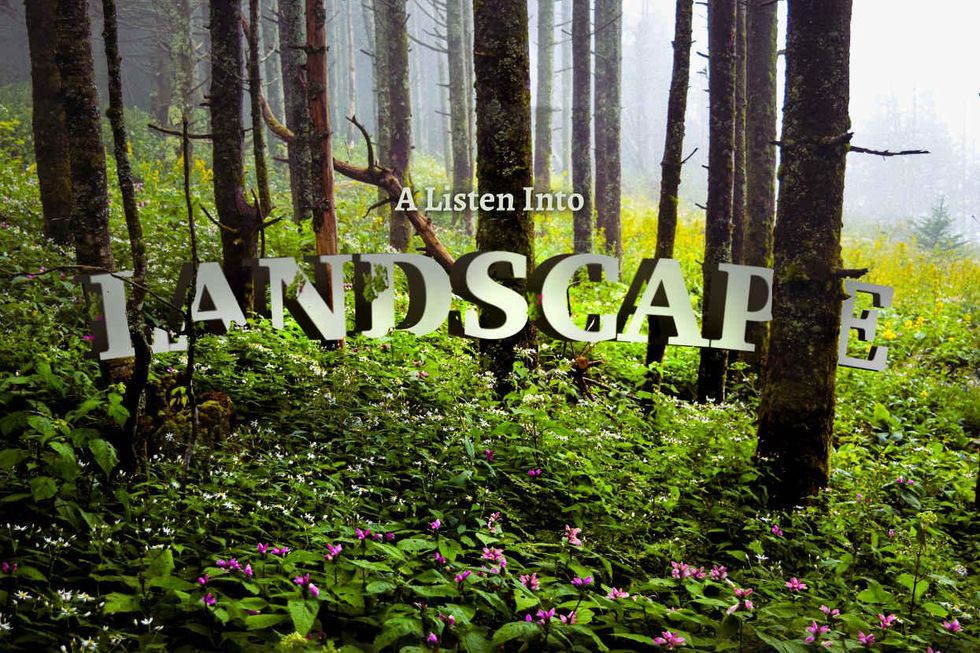
A series of audio postcards spotlighting peace, place, and connection to landscape from the perspective of those working in nature.
3. How artificial intelligence can help save us from air pollution
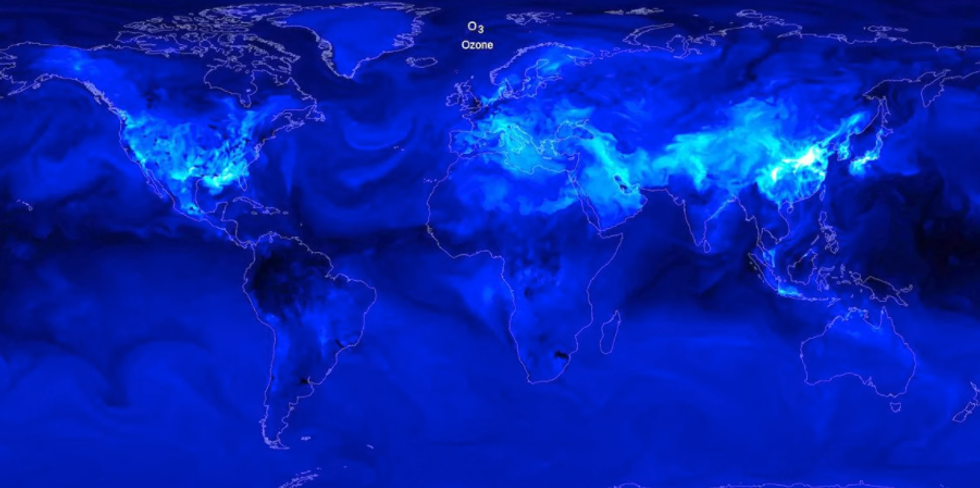
Researchers find AI may outperform traditional models, which could give more advance warning of bad air days, and reduce harmful exposures and hospital visits.
4. From butterfly wings to shrimp claws: Mimicking nature on the nanoscale
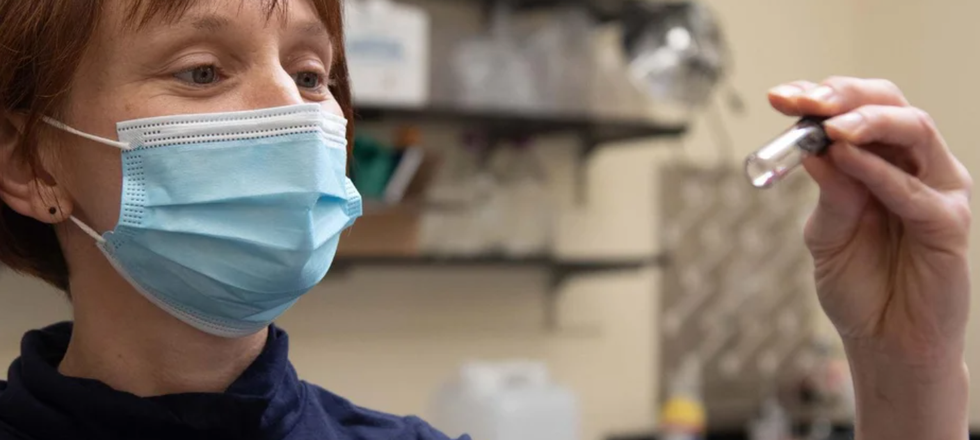
Innovators look to biomimicry to address sustainability challenges.
5. Planting a million trees in the semi-arid desert to combat climate change
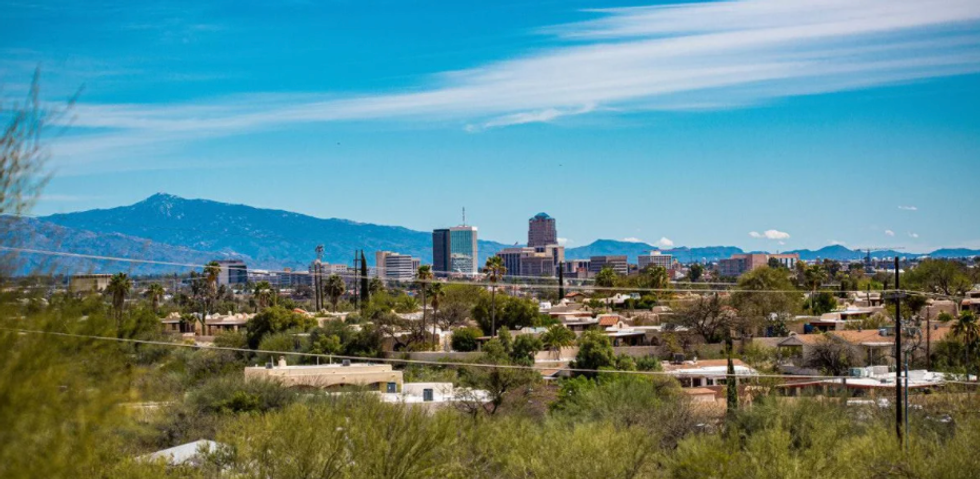
Tucson's ambitious tree planting goal aims to improve the health of residents, wildlife, and the watershed.
Have a good news story tip? We want to hear about it, write us at feedback@ehn.org.
Banner photo: Metalmark Butterfly. (Credit: Andreas Kay/flickr)

